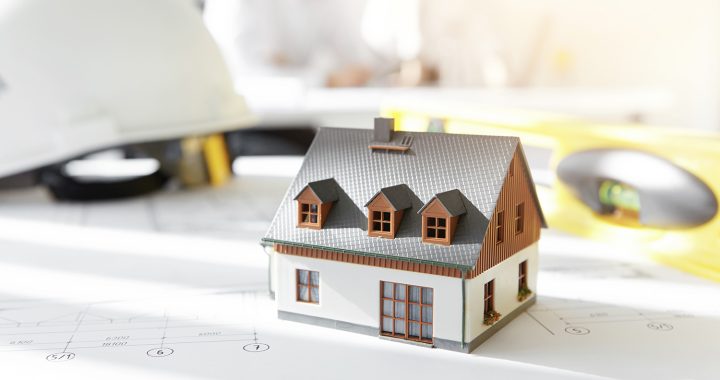As an architecture firm in Maryland, where the summers are hot and humid and winters can be bitter cold, we understand the importance of selecting the right building materials for every project. It is crucial to consider how these materials will perform across our different seasons, ensuring durability, sustainability, and comfort. Below, we will explore the significance of using the appropriate building materials for all seasons, and how this choice can positively impact the longevity and functionality of architectural projects.
Climate-Specific Material Selection:
Building materials should be chosen with careful consideration of the local climate. By understanding the unique characteristics of our region’s weather patterns, we can optimize building performance throughout the year. For example, in areas like ours, with hot summers, buildings benefit from materials with high thermal mass, which can regulate indoor temperatures by absorbing and releasing heat.
Insulation and Energy Efficiency:
To ensure optimal energy efficiency and thermal comfort, it is essential to select materials that provide adequate insulation. Insulation helps prevent heat transfer between the interior and exterior of a building, reducing the need for excessive heating or cooling. Materials such as expanded polystyrene (EPS) foam, mineral wool, or spray foam insulation offer excellent thermal performance, maintaining stable interior temperatures regardless of the season.
Durability and Resistance to Weathering:
Materials that can withstand the challenges posed by different seasons are critical for the longevity of a structure. Harsh weather conditions, including heavy rains, extreme temperatures, and UV radiation, can degrade certain materials over time. Choosing durable materials like fiber cement siding, metal roofing, or high-quality brick and stone cladding can enhance a building’s resistance to weathering and ensure its long-term structural integrity.
Sustainable and Environmentally Friendly Solutions:
Building with sustainable materials not only benefits the environment but also contributes to a healthier indoor environment. Opting for renewable resources, recycled materials, or products with low embodied energy can minimize the environmental impact of a building. Examples of sustainable materials include bamboo flooring, recycled metal, reclaimed wood, and low VOC (volatile organic compounds) paints.
Flexibility and Adaptability:
We design structures with materials that offer flexibility and adaptability, which allows for easier modifications and renovations in the future. As seasons change, architectural needs may evolve, and using materials that are easily modifiable can save time, resources, and costs during renovations. Prefabricated and modular systems, as well as flexible interior partitioning materials, offer the freedom to adapt spaces as required.
Building materials play a crucial role in ensuring the longevity, sustainability, and functionality of architectural projects across all seasons. By keeping climate-specific requirements, insulation, durability, sustainability, and adaptability front of mind, we, as architects, can create structures that stand the test of time while providing comfortable and environmentally responsible spaces for our clients.

